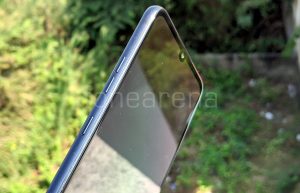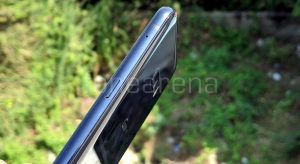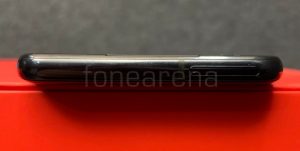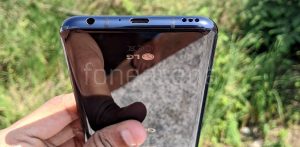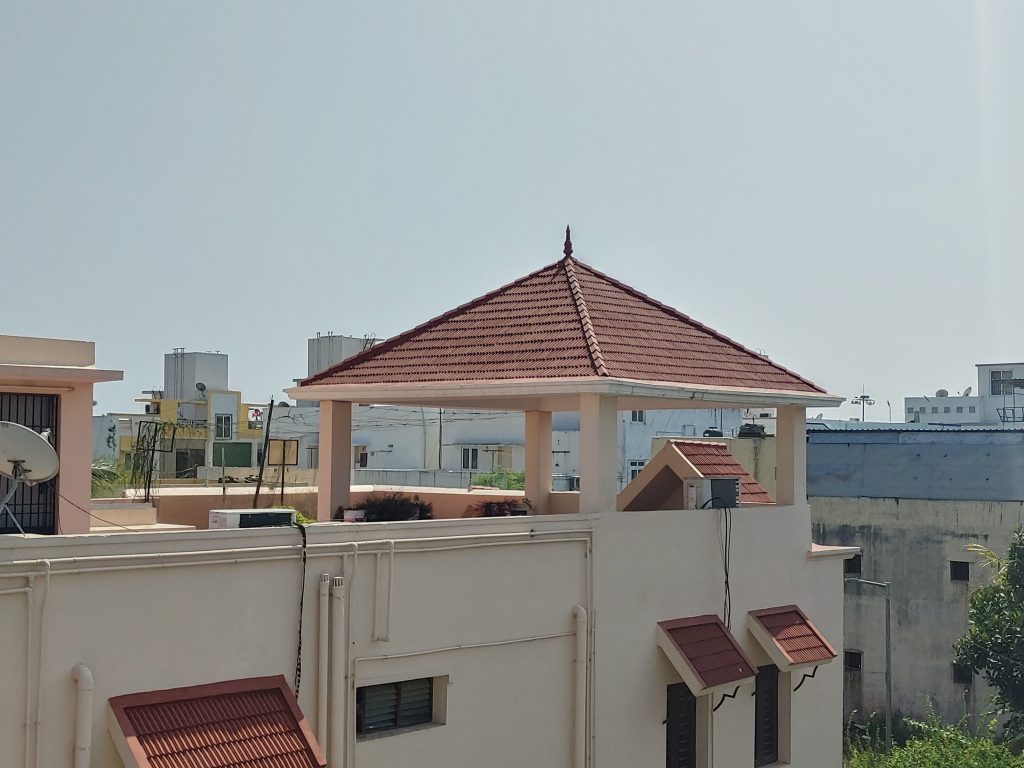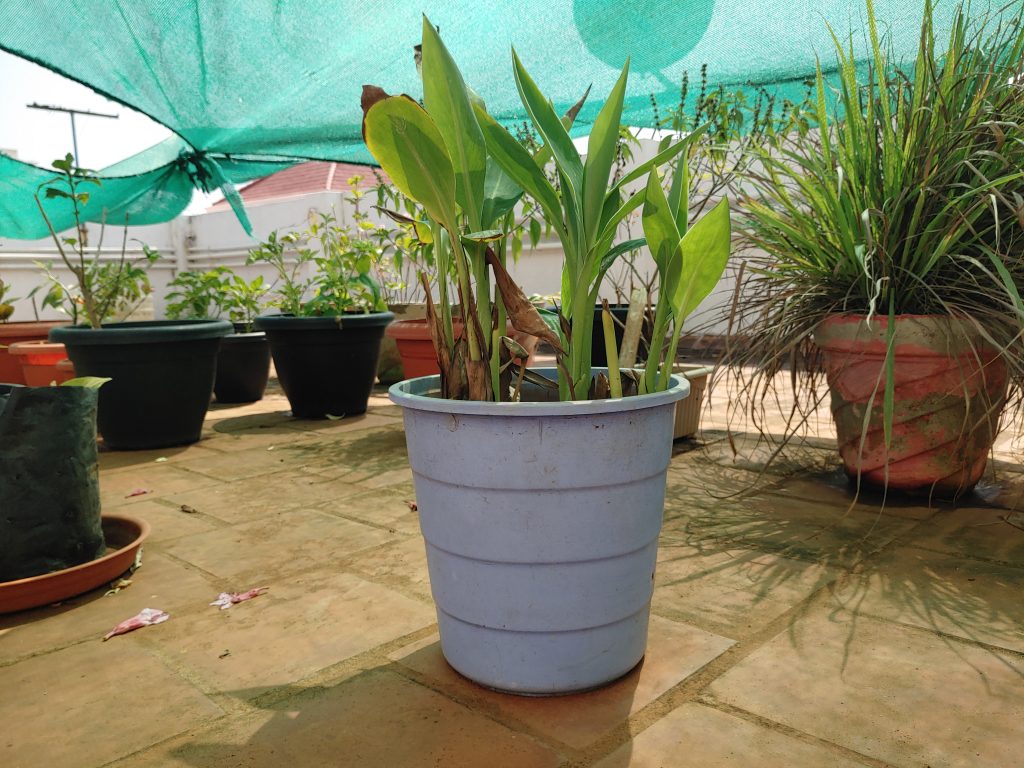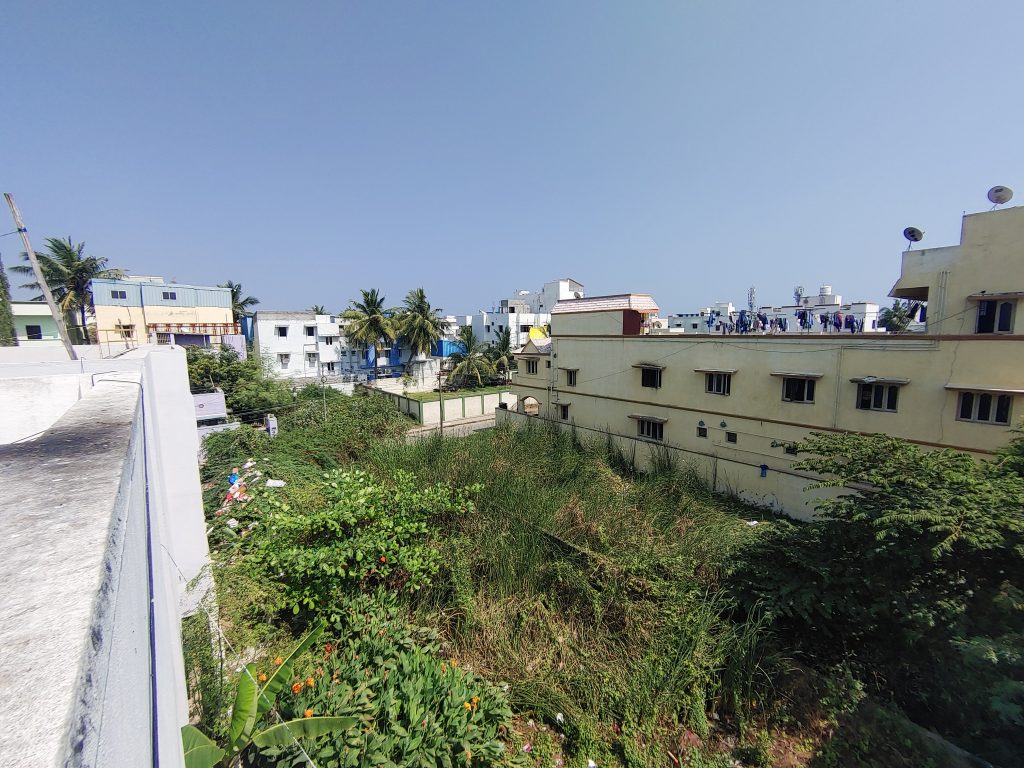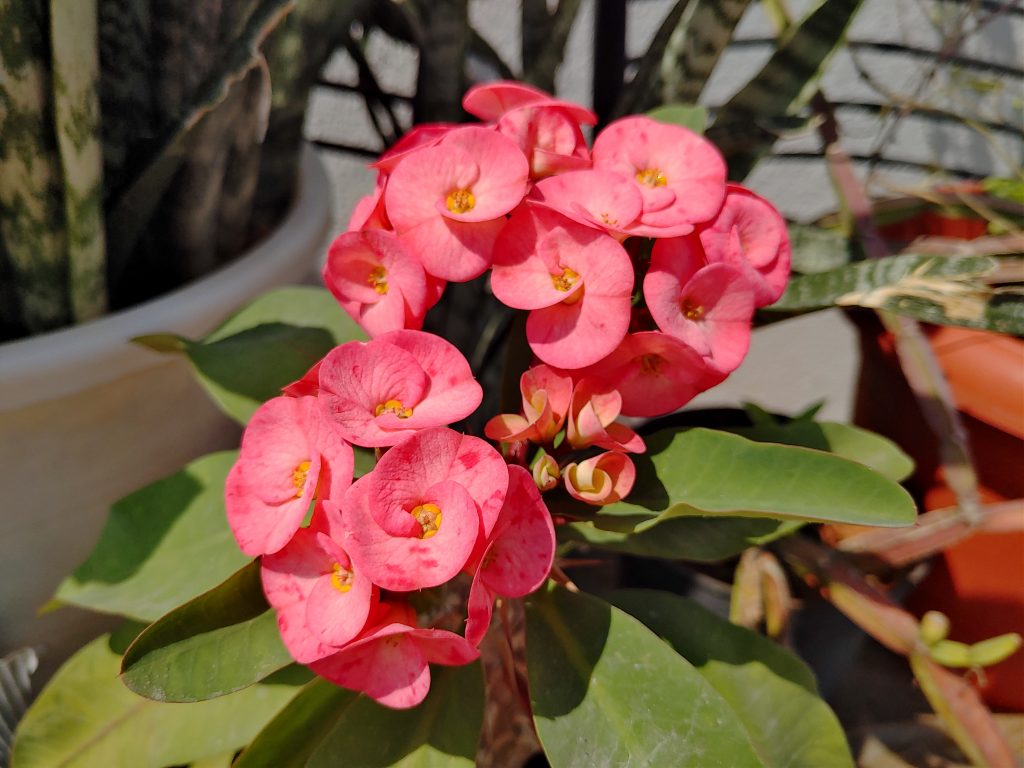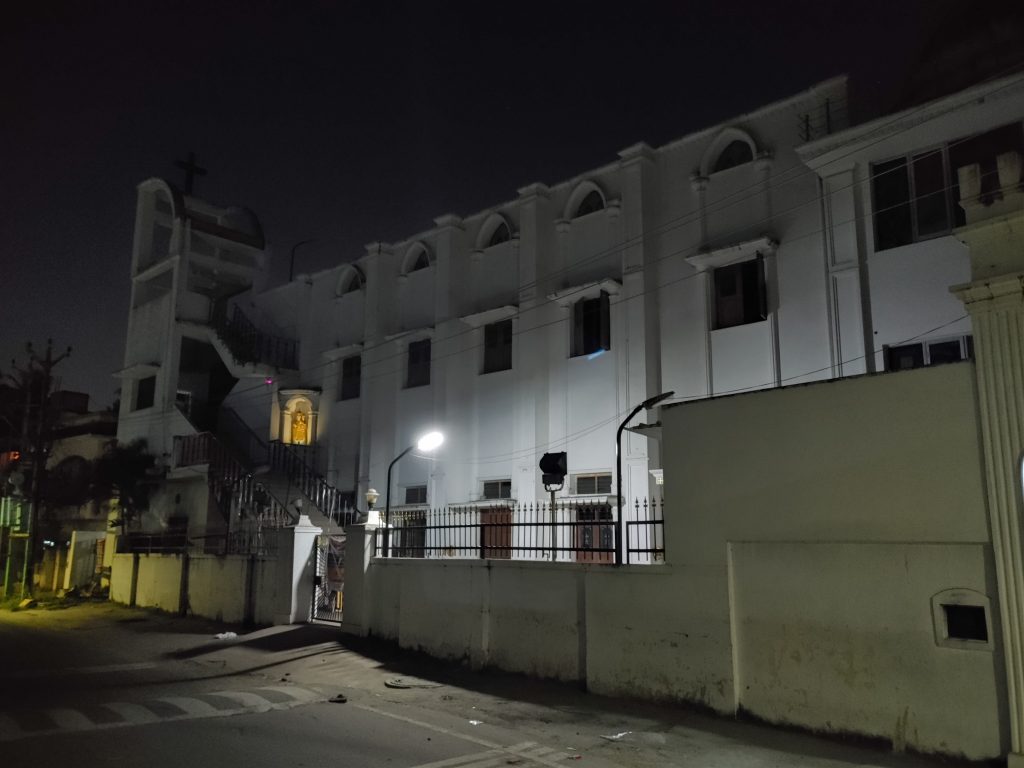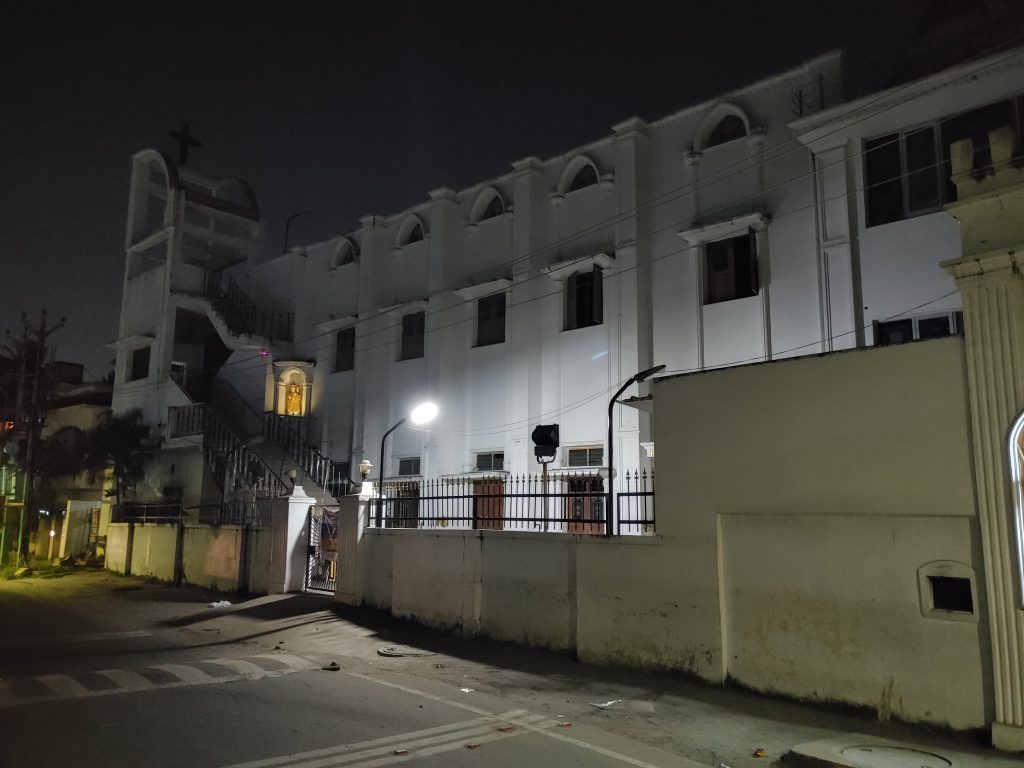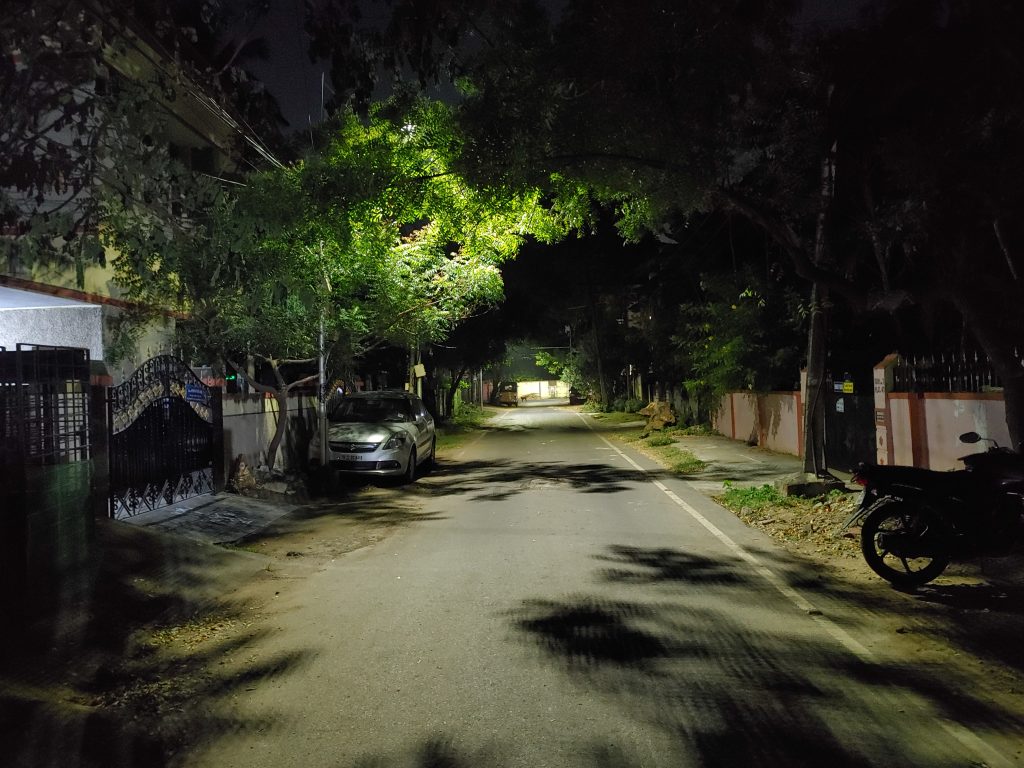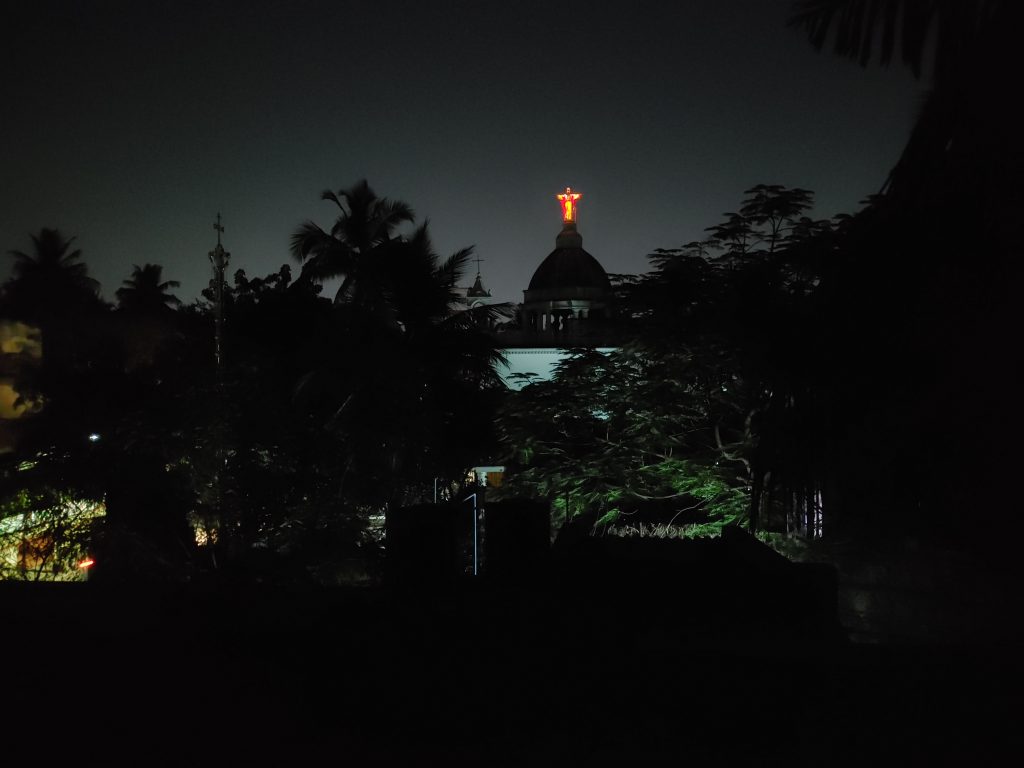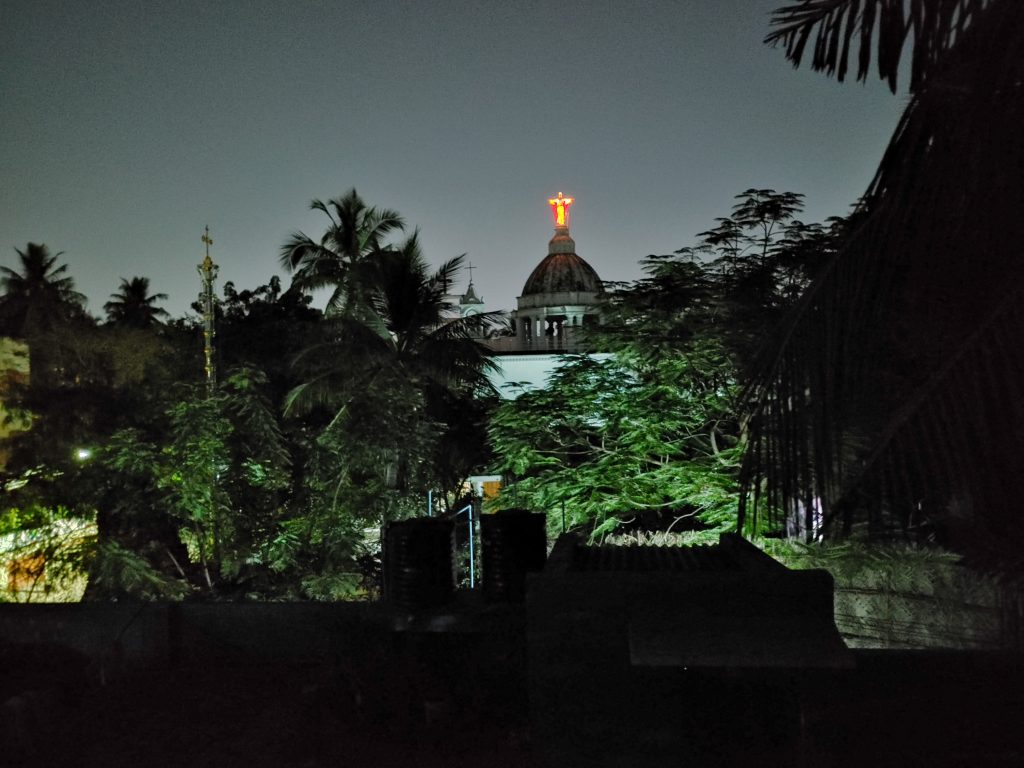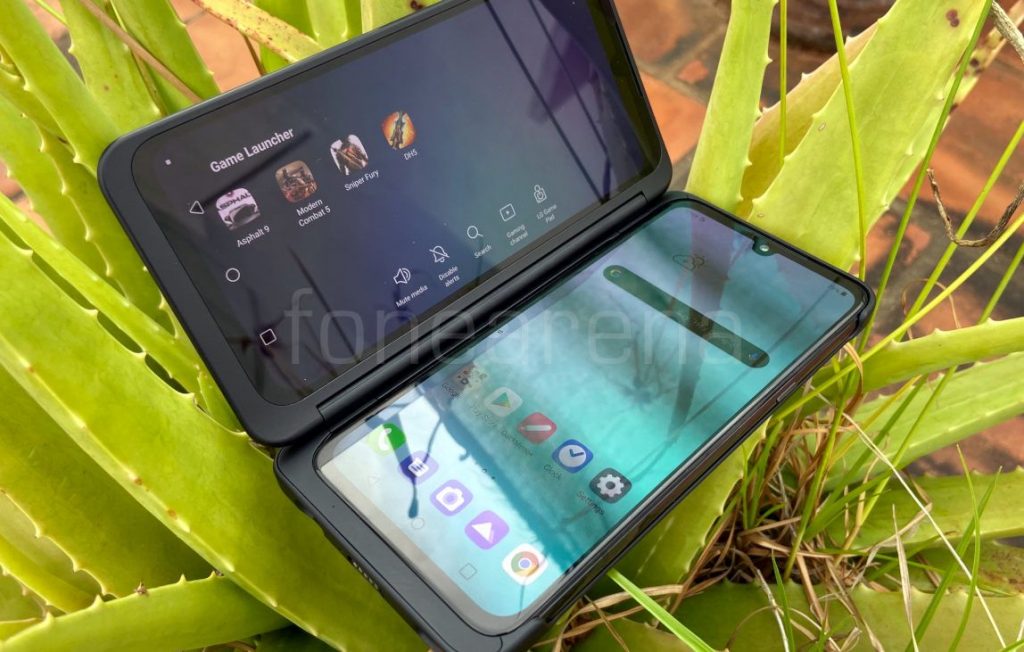
After announcing the G8X ThinQ back in September 2019 at the IFA, the South Korean company has launched the flagship device in the Indian market in Aurora Black color at Rs. 49,999 bundled with LG Dual Screen accessory.
While we loved the LG V40 ThinQ, our expectation were sky-high for this device considering its dual display feature. In fact, the G8X has accomplished what LG has been trying to do for years — dual displays, for example V10 and V20. Does this device from LG met our expectations? How useful were the secondary display? Do read it out below.
Why should you buy it?
Military-grade build quality that LG has mastered over the years
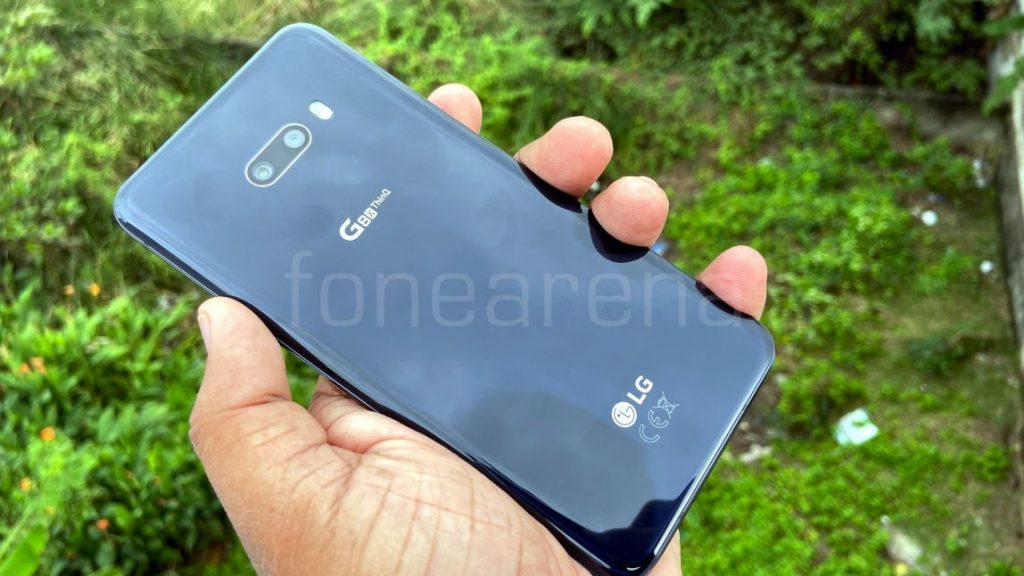
Build quality is the first thing I like about LG smartphones. Over the years, the company has mastered the design and build quality, no matter the price range. Talking about the design, it looks exactly like G8 with glass sandwich design and metal rim on sides. The rear side of the device holds a curve towards the edges.
The device offers a great in-hand feel, thanks to the premium glass build. Even though it has a solid build quality, it is slippery, so we recommend slapping a transparent case given in the box. It is to be noted that it has dual Gorilla Glass protection and is MIL-STD 810G certified. The LG G8X ThinQ measures 8.4 mm in thickness and weighs 192 grams.
Punchy screen
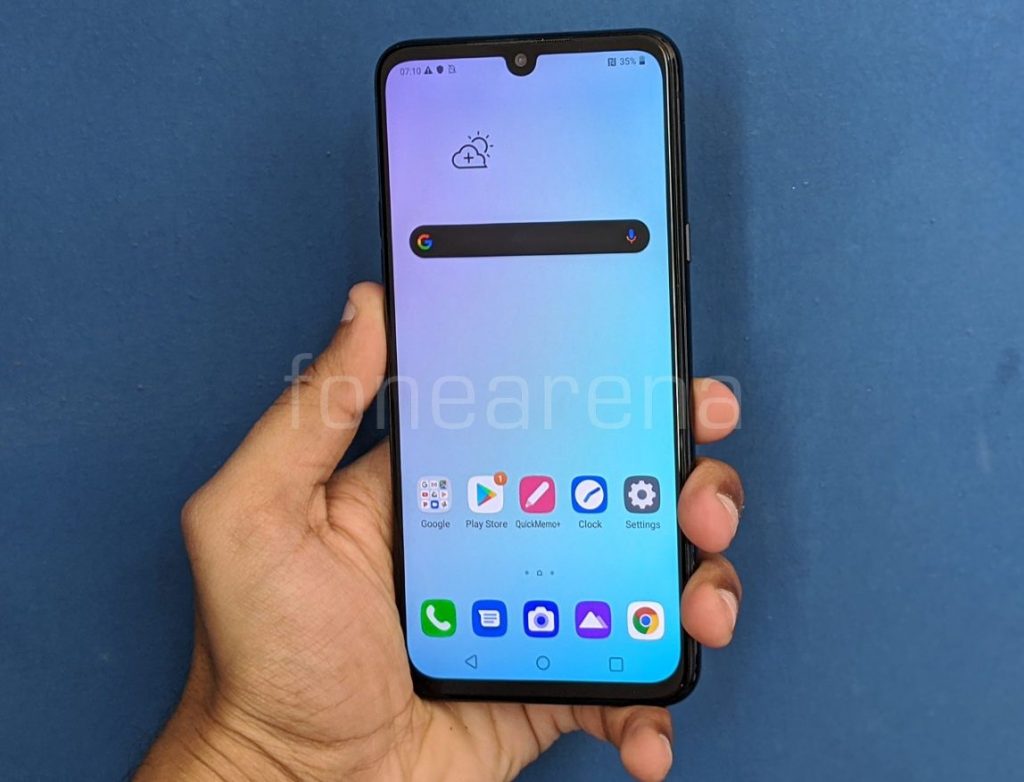
The LG G8X ThinQ sports a 6.4-inch (2340 x 1080 pixels) 19.5:9 FHD+ FullVision OLED Display, which translates to 403 PPI. It is protected by Corning’s Gorilla Glass 6 as well. It also supports HDR 10 content. Coming to the display, it is super bright and easy to read, even under the bright sunlight.
The colors are punchy, viewing angles are good, the texts look sharp, and of course, the notch is easy to ignore. The chin is quite thick, and it is probably the only nitpicking factor as of now with regard to the display.
Snappy performance
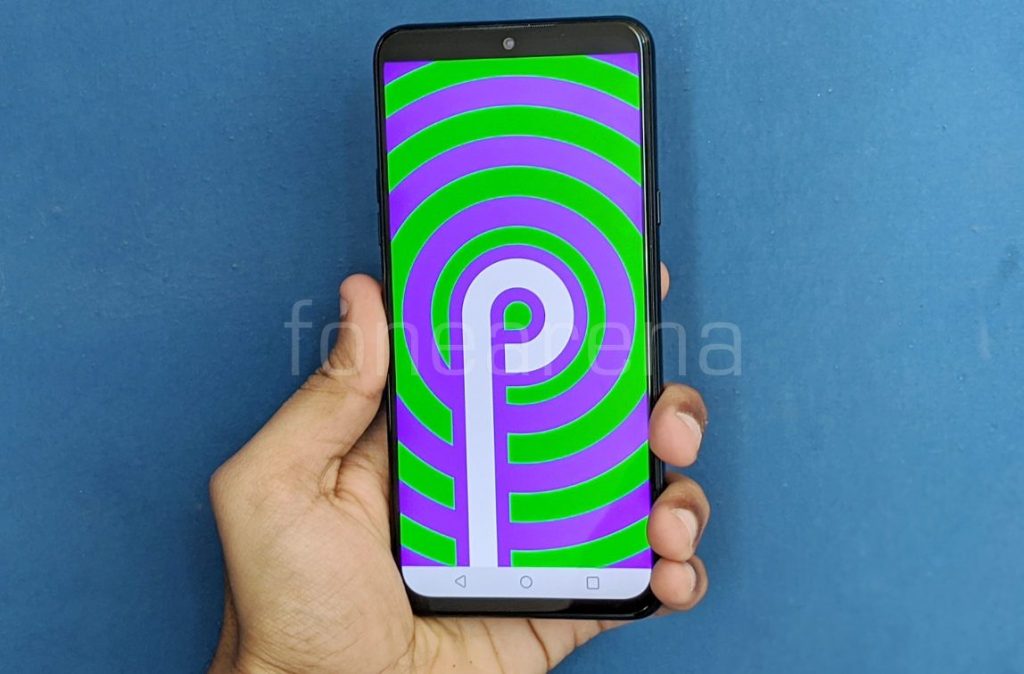
The LG G8X ThinQ is powered by Qualcomm Snapdragon 855 processor 7nm Mobile Platform with Adreno 640 GPU under the hood. In our usage, we had absolutely no complaints on performance as it was snappy and smooth.
The gaming experience was good as well, without any lag or frame drop. The chipset is supported by 6GB RAM with 128GB storage. There is room for storage expansion up to 2TB with microSD. Check out the synthetic benchmark scores below.


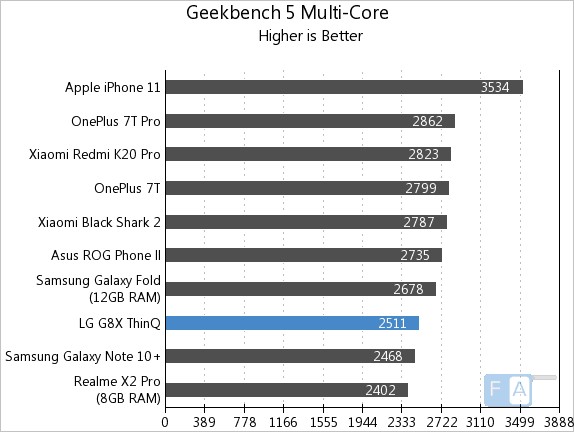

Above average camera!
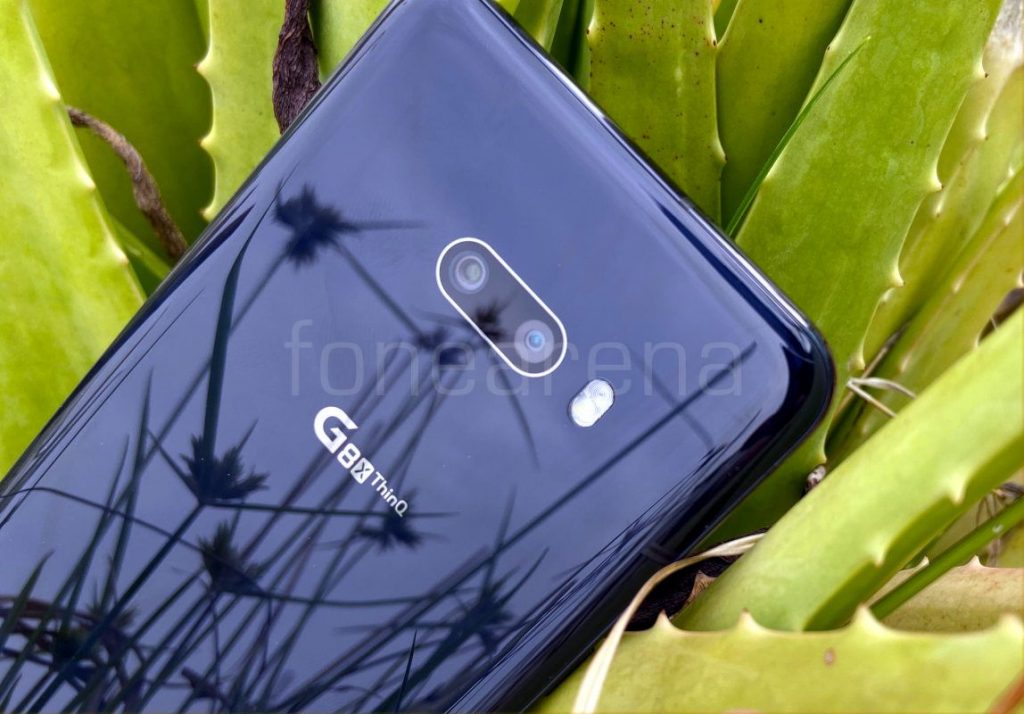
Talking about the camera, the LG G8X ThinQ sports a dual-camera setup -12MP with f/1.8 aperture and 13MP ultra-wide lens with f/2.4 aperture,136° lens, LED flash. The front side is taken care of 32MP front camera with f/1.9 aperture.
In terms of real-world usage, the primary camera produces a well-detailed image along with a neat color tone. Having said that, we observed a quality drop-off in the wide-angle of the LG G8X ThinQ. We did witness blurry and soft edges in the corners of most photos we took.
The front camera performs better and delivers solid output under all conditions. The camera app has a portrait mode that does a decent job with edge detection for both static objects and human subjects.
Why should you not buy it?
Dual screen module need more use cases

The unique selling point of this device is G8X ThinQ is the bundled Dual-Screen cover. In a bid to compete against the Samsung Galaxy Fold and Huawei Mate X, LG launched the device with a dual-screen accessory. Unlike Dual Screen case in V50, which powered through magnetic pins, this one uses USB Type-C port to power the screen.
On the front of the case, there is a cover display with a 2.1-inch monochrome OLED panel for the simple notification (app icon) and time. To power up the screen, we need to slide the G8X ThinQ device into the case. Notably, there is no Auto-Brightness option for the Dual Screen only.
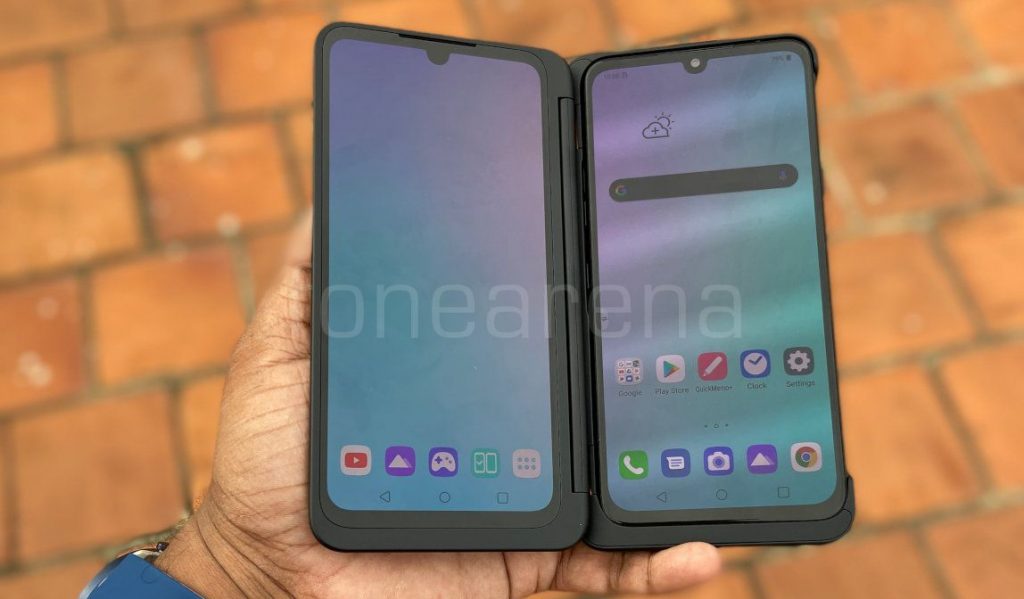
The dual accessory has no add-on battery, and it draws power from the device’s 4000mAh battery. The dual-screen also sports a 6.4-inch POLED display and has a notch, not sure why! A lot of optimisation needs to be done, features to be added as well. The dual-screen serves a very limited purpose — multitasking, messaging, and playing pre-installed games. There is an option called ‘Wide View,’ which extends the app on both screens. However, the huge gap between the screens makes it undesirable.
The second screen can be used as a gamepad with a proprietary onscreen game controller. Moreover, users can choose different types of controllers, including — Basic, arcade, console, racing, and others. All said and done, the dual-screen module serves on very few instances and adds weight to the device as well.
Average battery life
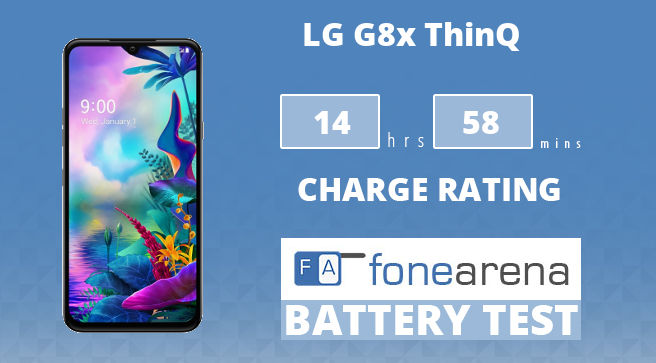
The LG G8X ThinQ comes with a 4000mAh battery under the hood with support for Qualcomm Quick Charge 3.0. Talking about real-world usage, you will get a full day of battery life if you refrain from using it heavily. With heavy usages like binge-watching Netflix or YouTube videos for that matter can drain the juice very quickly.
In our OneCharge rating, it scored just 14 hours and 58 minutes. Since this comes with support for fast charging and comes with Quick Charge 3.0 charger in the box, it can charge from 0 to 100% in 1 hour and 45 minutes, and 0 to 50% takes about 40 minutes.
Other mentions
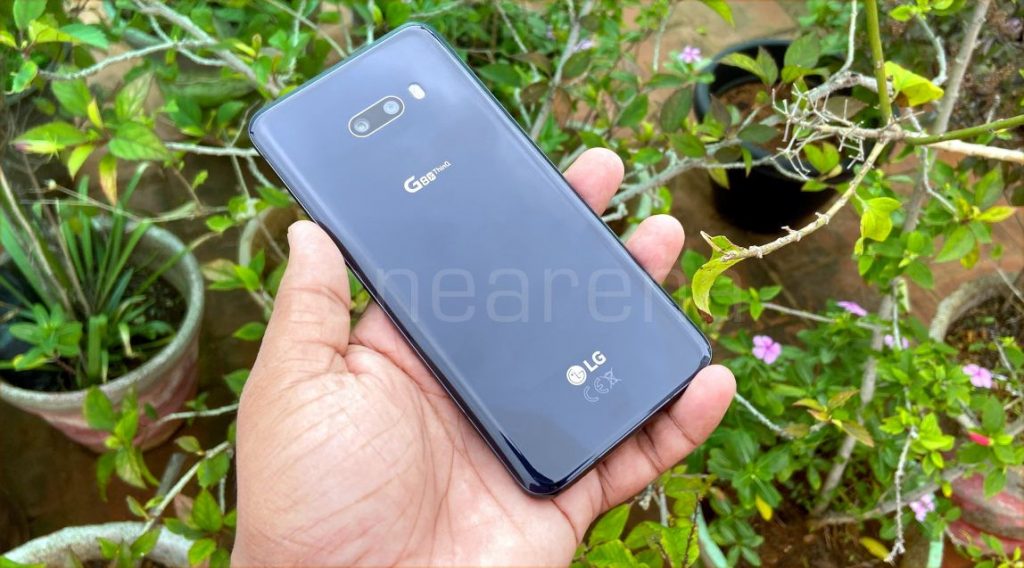
The LG G8X ThinQ comes equipped with stereo speakers — one at the bottom and another integrated into the earpiece. The speaker is loud enough but starts to muffle at a higher volume. The audio quality in headphones is perfect and offers some fantastic sound quality.

The LG G8X ThinQ supports connectivity options like Dual 4G VoLTE, Wi-Fi 802.11 ac (2.4GHz and 5GHz), Bluetooth 5 LE, GPS, NFC, USB Type-C 2.0 (3.1 compatible). It has a hybrid dual SIM slot (nano + nano/microSD up to 2TB), in addition to 128GB (UFS 2.1) built-in storage and an employs fingerprint scanner at the back.
The LG G8X ThinQ is priced at Rs. 49,999 including LG Dual Screen and is available from Amazon.in and across all retail outlets.

